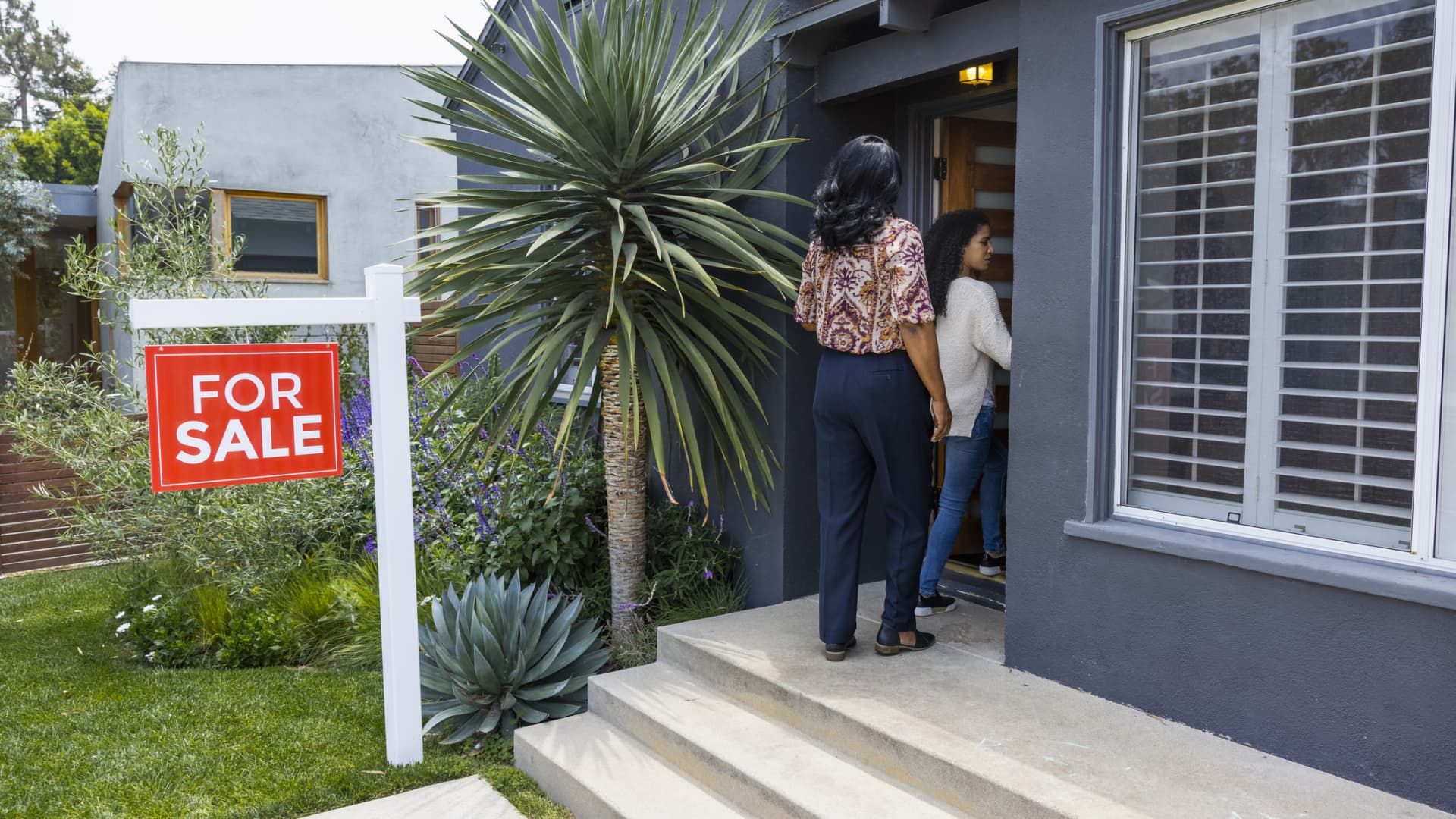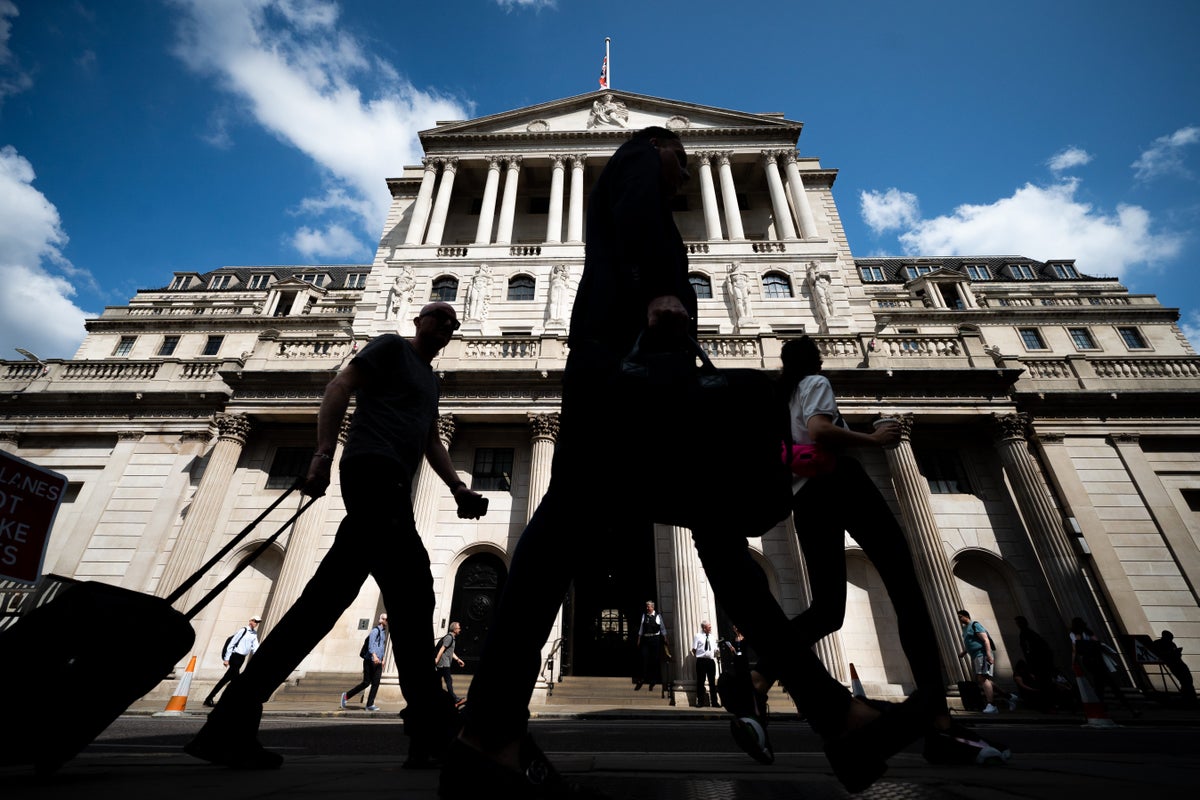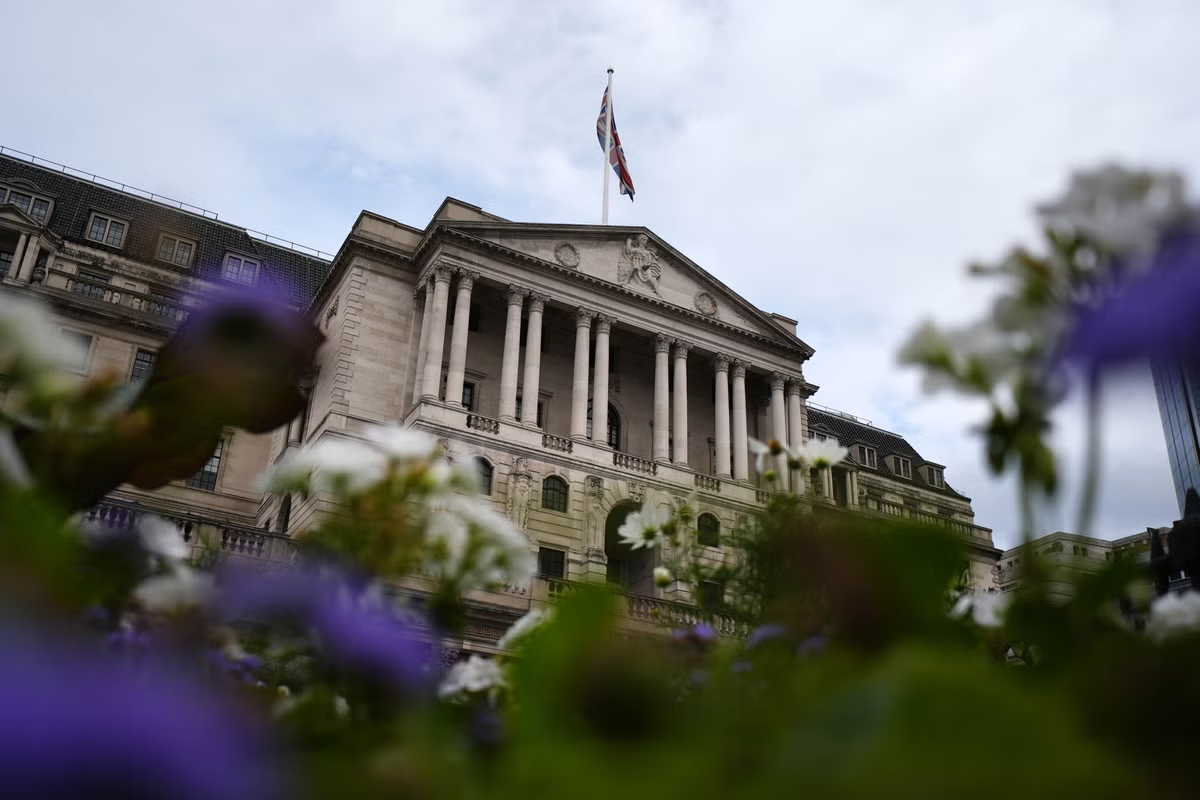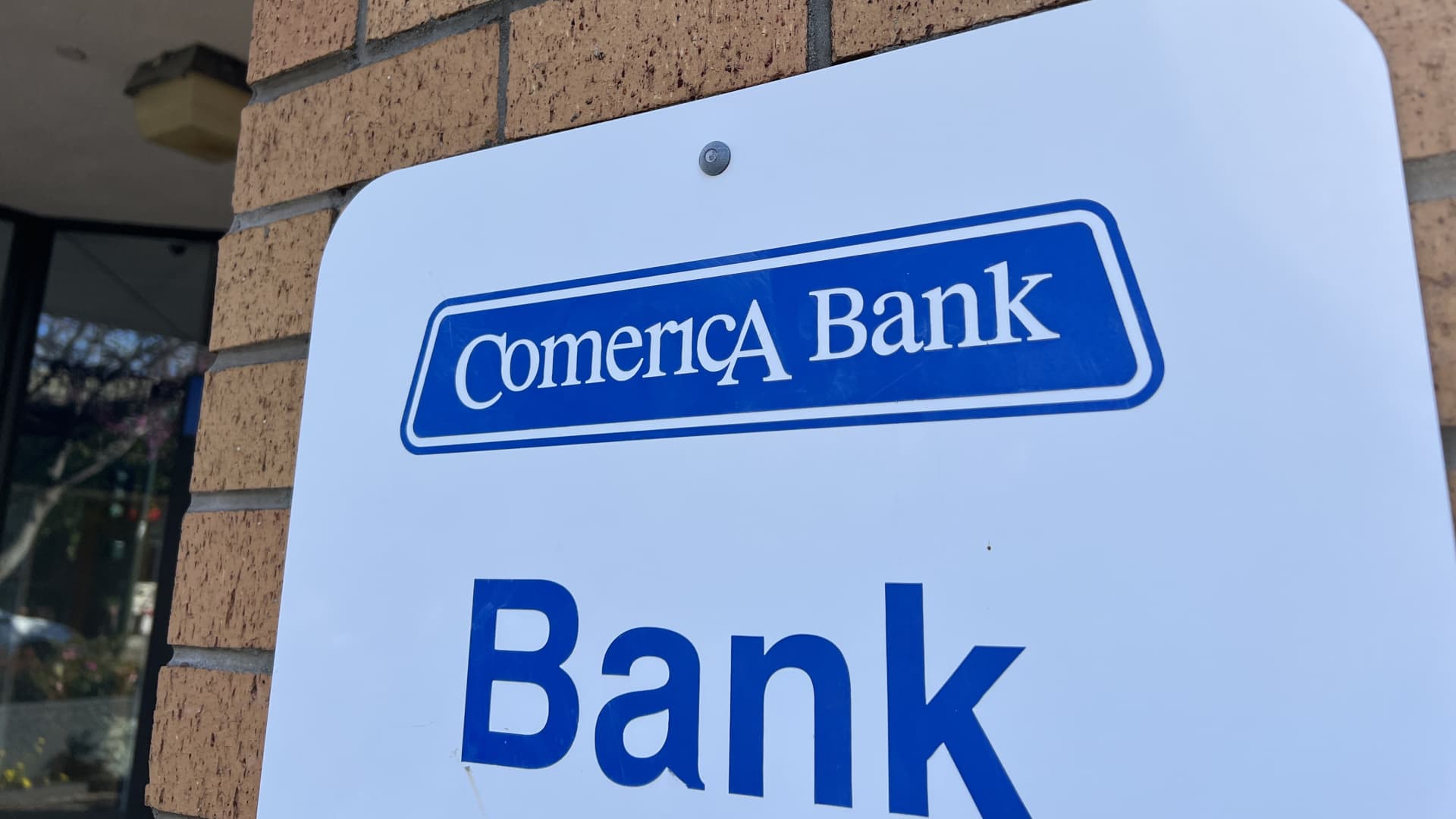Even as mortgage interest rates were rising, home prices hit their highest level ever in the S&P CoreLogic Case-Shiller U.S. national home price index.
According to data released Tuesday, prices nationwide were 5.4% higher than in June 2023 on a three-month moving average ending in June. Despite being a record for the index, the annual increase was smaller than May's 5.9% reading.
The 10-city composite index rose 7.4% year-on-year, up from 7.8% in the previous month. The 20-city composite index rose 6.5% year-on-year, up from 6.9% in May.
“While both housing and inflation have slowed, the gap between the two is larger than historical norms, with our national index averaging 2.8% higher than the consumer price index,” Brian Luke, head of commodities, real and digital assets at S&P Dow Jones Indices, said in a statement. “That's a full percentage point above the 50-year average. Before accounting for inflation, home prices have increased more than 1,100% since 1974, but have increased just over twice as much (111%) after accounting for inflation.”
New York City had the largest annual increase among the 20 cities, with a 9% price increase in June, followed by San Diego and Las Vegas, with annual increases of 8.7% and 8.5%, respectively. Portland, Oregon, had an annual increase of just 0.8% in June, the smallest increase among the major cities.
Since housing affordability has been a major topic of debate this election cycle, this month’s report also broke down home values by price level, dividing each city’s market into three tiers. Looking at just the large markets over the past five years, 75% of the markets included were found to show lower price levels rising faster than the overall market.
“For example, the lower tier of the Atlanta market has grown 18% faster than mid- and upper-tier housing,” Luke wrote in the release.
“New York's low-end has the strongest outperformance over five years, up nearly 20% above the overall New York region,” he continued. “New York also has the largest divergence between low-end and high-end prices. In contrast, San Diego has seen the largest appreciation in high-end homes over the past five years.”
Prices in the overall San Diego market have increased 72% over the past five years, but the high end has increased 79% versus 63% at the low end.
The price increase came despite mortgage rates rising sharply between April and June, the period averaged in the index. Typically, when rates rise, prices cool.
According to Mortgage News Daily, the average 30-year fixed mortgage rate started in April just below 7% and then shot up to 7.5% by the end of the month. Rates stayed above 7% before falling back below that level in July. The 30-year fixed mortgage is now around 6.5%.
“Mortgage rates have fallen since June, but there is evidence that even the rate decline has not been enough to attract buyers back into the market,” said Lisa Sturtevant, chief economist at Bright MLS. “Some buyers are waiting for home prices, and not just interest rates, to come down.”
While home prices are expected to decline month-over-month as fall approaches, due to seasonal factors and increased inventory on the market, they are unlikely to fall significantly and are expected to remain higher than last fall.










